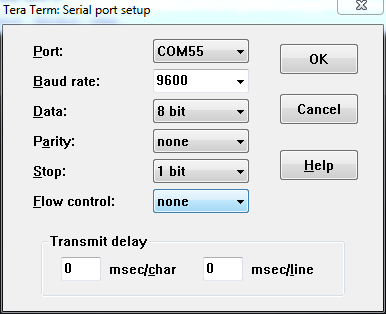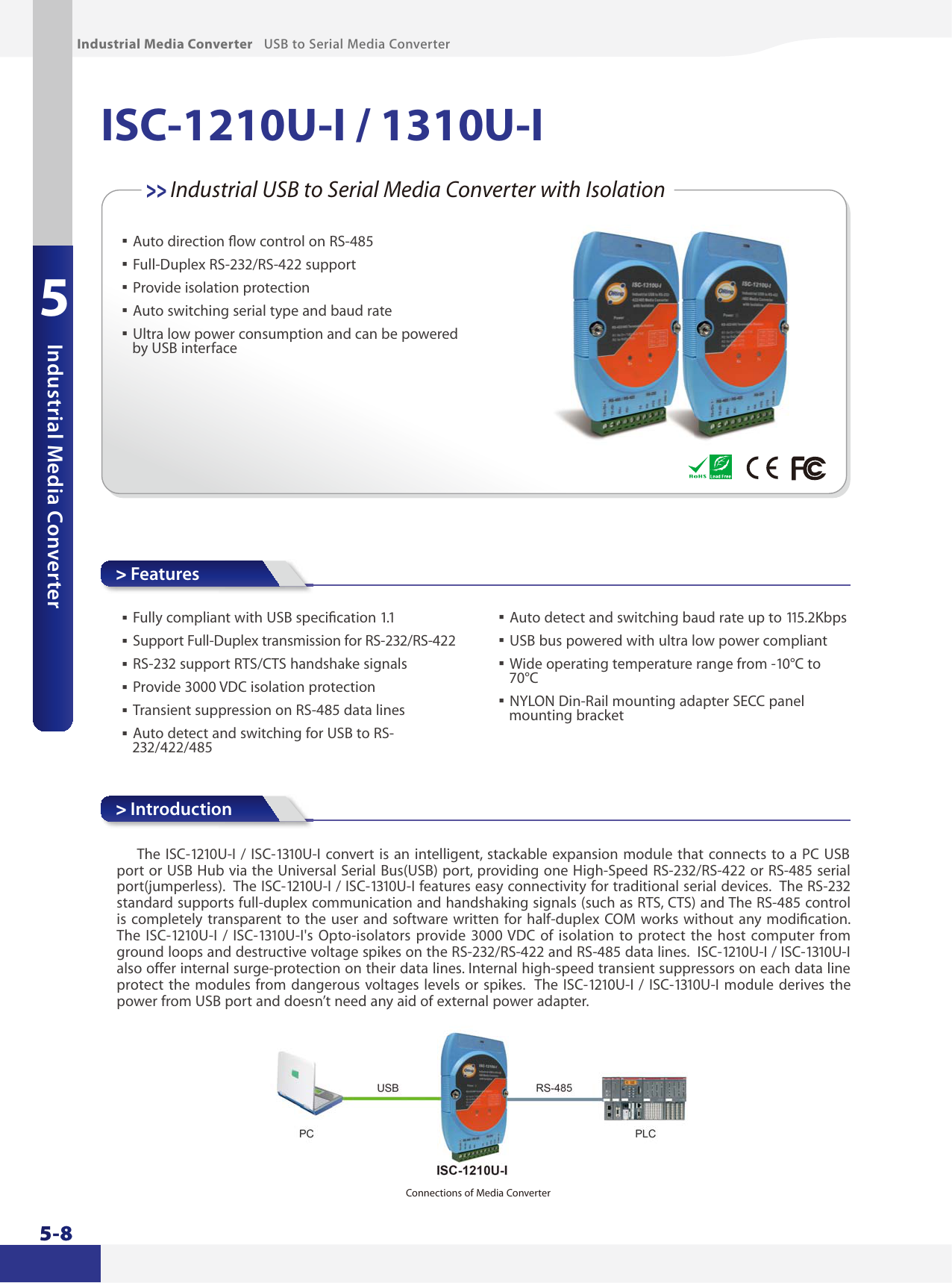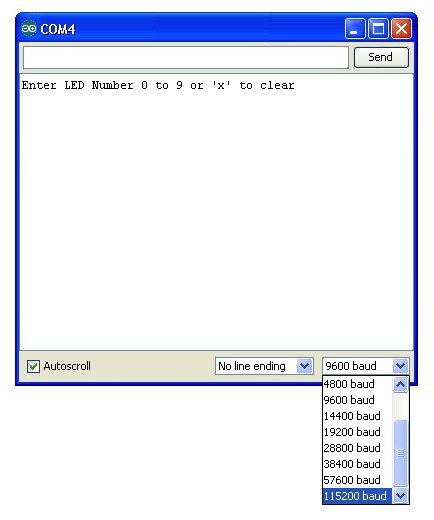
- The baud rate specifies how fast data is sent over a serial line. It's usually expressed in units of bits-per-second (bps). If you invert the baud rate, you can find out just how long it takes to transmit a single bit. This value determines how long the transmitter holds a serial line high/low or at what period the receiving device.
- Serial ports use two-level (binary) signaling, so the data rate in bits per second is equal to the symbol rate in baud. A standard series of rates is based on multiples of the rates for electromechanical teleprinters; some serial ports allow many arbitrary rates to be selected, but the speeds on both sides of the connection must match, or data.


Re: Serial - auto detect baud rate. The Tunnel Mode for the For Loop is set to 'Last Value'. You are only seeing the results of 57600 baud rate case. Since the correct baud is 38400, I would expect that the last value to be gibberish. Try changing the tunnel mode to 'Indexing'.
-->[This documentation is for preview only, and is subject to change in later releases. Blank topics are included as placeholders.]
Defines a list of commonly supported serial communication rates (baud rates). One baud signifies one pulse per second.
Namespace:System.IO.Ports
Assembly: Microsoft.SPOT.Hardware (in Microsoft.SPOT.Hardware.dll)
Syntax
Members
| Member name | Description |
|---|---|
| BaudrateNONE | The baud rate is unknown. |
| Baudrate75 | 75 baud |
| Baudrate150 | 150 baud |
| Baudrate300 | 300 baud |
| Baudrate600 | 600 baud |
| Baudrate1200 | 1,200 baud |
| Baudrate2400 | 2,400 baud |
| Baudrate4800 | 4,800 baud |
| Baudrate9600 | 9,600 baud |
| Baudrate19200 | 19,200 baud |
| Baudrate38400 | 38,400 baud |
| Baudrate57600 | 57,600 baud |
| Baudrate115200 | 115,200 baud |
| Baudrate230400 | 230,400 baud |
See Also

